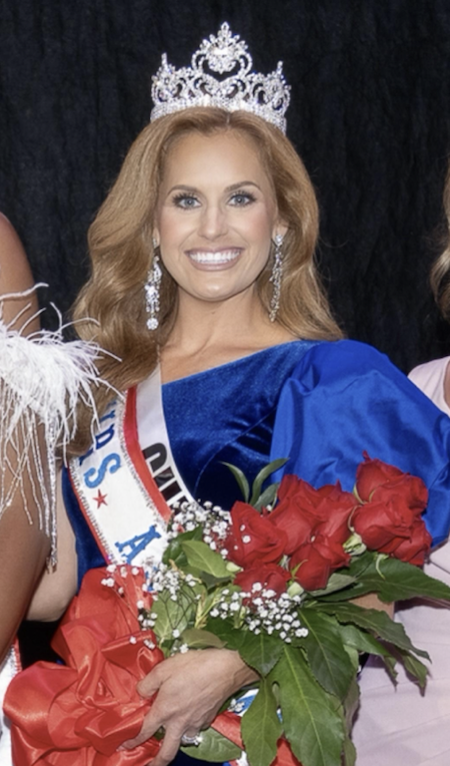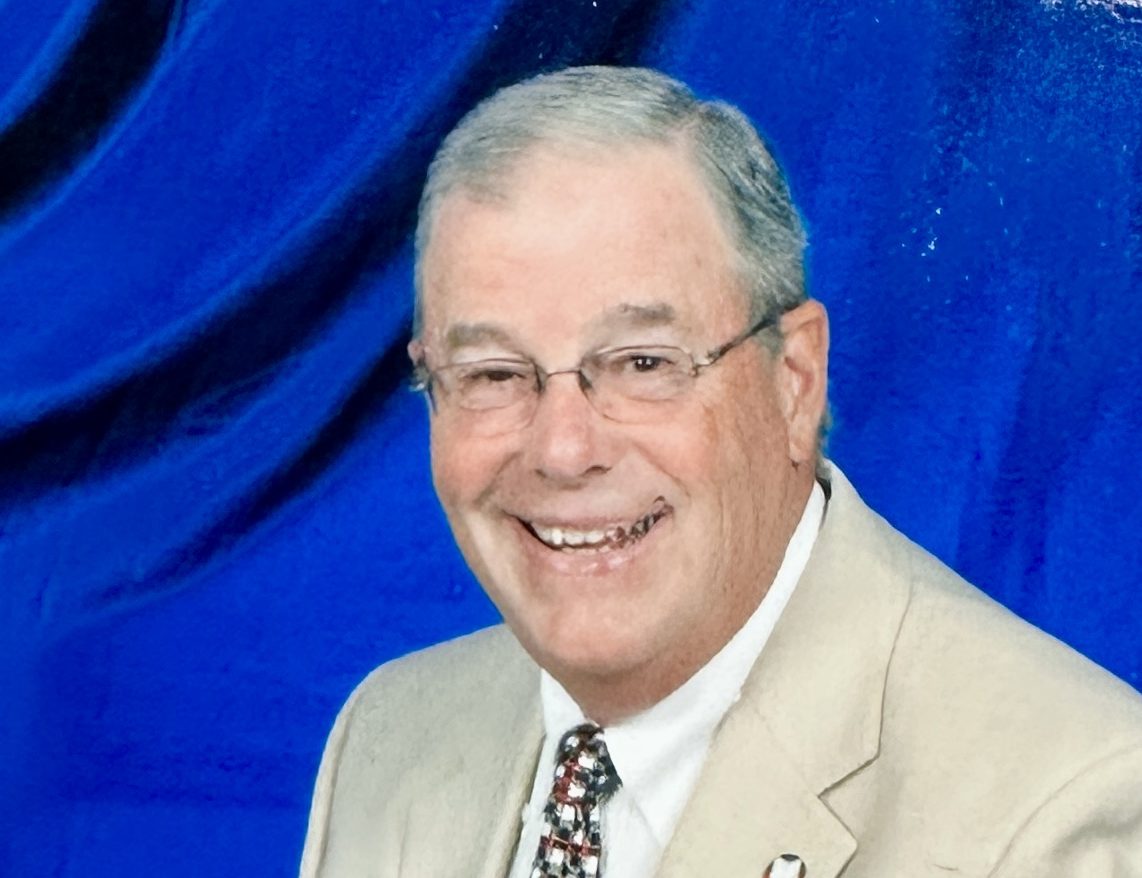FILM REVIEW: ‘The Lone Ranger’: Sly Tonto, but movie drags
Published 5:45 pm Thursday, July 4, 2013
It’s an article of faith in a movie industry obsessed with chasing multiple demographic groups that no summer blockbuster can be only one thing. “White House Down” can’t be just an action adventure, it has to be a buddy comedy. “Man of Steel” isn’t only a science fiction comic book movie, it’s a violence-heavy special effects spectacle. “Iron Man 3” isn’t just a special effects spectacle, it has to have a little romance.
“The Lone Ranger,” starring Armie Hammer and Johnny Depp, presents audiences with a case not just of “both” but “all of the above.” A draggy reboot of the franchise Western that started as a radio series before it became a movie serial and then a hit TV show, this mishmash of styles, genres and tonal shifts makes for a dizzying pastiche best described in terms of the many movies it references throughout its nearly two-and-a-half-hour running time, from “Little Big Man,” Buster Keaton’s “The General” and the Monument Valley-set canon of John Ford to “Dead Man,” “Rango” and “Pirates of the Caribbean.”
Those last three, of course, starred Depp himself. And it turns out that “The Lone Ranger” may best be understood and appreciated as one long, baggy homage to Depp, who addresses the myriad personae that have made him the world’s biggest movie star, especially the tattooed, bejeweled bohemian primitive that defines his off-screen look as well as the punched-up version when he plays Jack Sparrow.
As Tonto, the Lone Ranger’s perennially stoic and monosyllabic sidekick, Depp both challenges and indulges in the caricatures that made Jay Silverheels’ TV character such a lightning rod for Native American outrage. Depp plays Tonto as a sly, sarcastic spirit warrior, continually mugging and making with subtle put-downs of his earnest but dim crime-fighting partner. But his guttural pidgin English, elaborate war paint and the ridiculous dead crow he wears as a headdress suggest that, for all his desire to give Tonto the dimension and dignity he was robbed of for decades, Depp owes his own dubious debt to the Noble Savage stereotype he claims to critique.
Tonto and the Lone Ranger — whose real name is John Reid — meet aboard a train headed for a tiny Texas town in 1869, when the transcontinental railroad is about to be joined, a businessman named Cole (Tom Wilkinson in full Snidely Whiplash mode) is about to make a lot of money, and an outlaw named Butch Cavendish (William Fichtner) is about to be hanged. Reid is a straight-laced law-and-order man who worships John Locke and doesn’t believe in guns. But when Cavendish escapes, then gruesomely murders Reid’s muy-mas-macho Texas Ranger brother in a suspicious ambush, he’s forced to hunt the malefactor down — with the help of his newfound Comanche guide Tonto and a magnificent white horse they meet along the way.
But wait, there’s more! There’s a comely sister-in-law (played by Ruth Wilson), a sharp-eyed, ivory-legged brothel-keeper (Helena Bonham Carter) and her bevy of painted ladies, there are flash forwards to a carnival midway in 1933 and runaway trains and roaming buffalo and brutal massacres and war dances and cannibalistic rabbits. There’s fancy ridin’ and sure shootin’ and cross dressin’ and at least one instance of a man eating another one’s heart (thanks, Disney!). Silver enjoys a wee dram of an evening, Tonto is dealing with his own shadow material and Reid is unprepossessing enough that, rather than breathlessly cry, “Who was that masked man?” after they’ve met him, people simply cock their heads and wonder, “What’s with the mask?”
Presumably, the myth will be burnished in future installments, although it’s difficult to foresee “The Lone Ranger” becoming an international hit. No doubt the baby boomers who grew up with the original forms will smile when the William Tell Overture kicks in during the film’s climactic sequence, but director Gore Verbinski’s strenuous efforts to inject enough violence, spectacle and action to make “The Lone Ranger” comprehensible to foreign audiences wind up making way too much of way too little.
What’s more, despite its impressively staged set pieces, “The Lone Ranger” can’t survive the epic train wreck resulting from its own tonal clashes, wherein mournful scenes of genocide and stolen immigrant labor are tastelessly juxtaposed with silly slapstick humor, and solemn historic revisionism abuts awkwardly with overblown computer-generated spectacle. One of the running gags of “The Lone Ranger” is that it was Reid’s braver, cooler sibling who was always destined to be the real Lone Ranger: When John Reid finally asks what “Ke-mo sah-bee” means, Tonto replies that it’s Comanche for “Wrong Brother.” As for the Comanche word for “Wrong Movie,” we’ll just have to guess.
One star out of three. PG-13. Contains sequences of intense action and violence, and some suggestive material. 149 minutes. Currently showing at Carmike 10 in Cullman.





